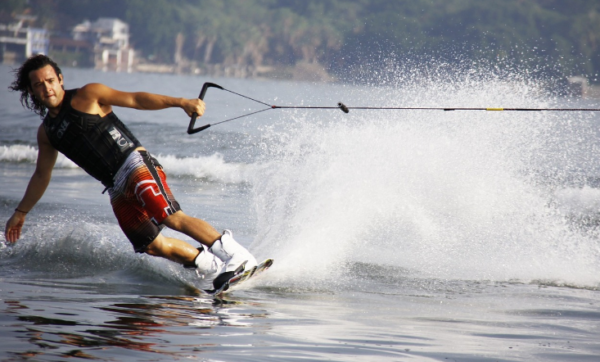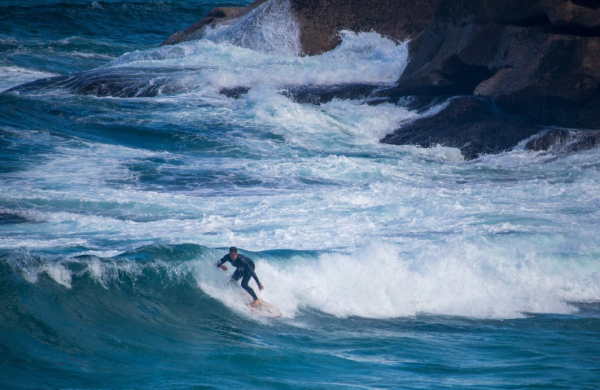If you’ve ever watched wakeboarding in action, you might have been impressed by the riders’ agility and control as they glide effortlessly across the water.
But have you ever wondered if having good upper body strength is a prerequisite for mastering this adrenaline-pumping sport? Let’s dive into the discussion and separate fact from fiction.

The Wakeboarding Experience: A Full-Body Workout
Before we delve into the role of upper body strength in wakeboarding, let’s first understand what the sport entails. Wakeboarding involves riding a board over the surface of the water while being towed behind a motorboat. Riders use a combination of balance, coordination, and technique to navigate the wake and perform tricks.
While wakeboarding may seem like a predominantly lower body activity, it actually engages muscles throughout the entire body. From your legs and core to your arms and shoulders, wakeboarding requires a coordinated effort from various muscle groups to maintain stability, control the board, and execute maneuvers.
Dispelling the Myth: Upper Body Strength vs. Technique
One common misconception about wakeboarding is that you need exceptional upper body strength to excel in the sport. While having strength in your arms and shoulders can certainly be beneficial, it’s not necessarily a prerequisite for success.
In reality, wakeboarding is more about technique and skill than sheer muscle power. Riders rely on proper body positioning, weight distribution, and board control to navigate the water effectively. With the right technique, even riders with average upper body strength can achieve impressive results on the wake.
Take watersports in Costa Rica for example. Most waterboarders in Costa Rica do not look like bodybuilders – they look like slim Jim’s with an unnoteworthy physique. However, this doesn’t stop Costa Rica from producing some of the best Wakeboarders in the world.
The Role of Upper Body Strength: Enhancing Performance

While upper body strength may not be essential for basic wakeboarding skills, it can certainly enhance your performance and open up opportunities for more advanced tricks and maneuvers. Strong arms and shoulders can help you maintain control of the handle, resist the pull of the boat, and execute aerial tricks with precision.
Additionally, having good upper body strength can improve your endurance and reduce fatigue during longer wakeboarding sessions. This can allow you to ride for longer periods without tiring quickly, enabling you to hone your skills and push your limits on the water.
Balancing Act: The Importance of Core Strength
While upper body strength plays a role in wakeboarding, it’s important not to overlook the importance of core strength. Your core muscles, including your abdominals, obliques, and lower back, play a crucial role in stabilizing your body and maintaining balance on the board.
A strong core not only improves your stability and control but also helps prevent injuries by supporting your spine and reducing strain on your lower back.
Conclusion
In conclusion, while having good upper body strength can certainly be advantageous in wakeboarding, it’s not a prerequisite for success. What matters most is mastering proper technique, body positioning, and board control to navigate the water effectively and execute tricks with finesse.
That said, incorporating strength training exercises targeting your arms, shoulders, and core can enhance your performance and endurance on the wake. So, whether you’re a beginner looking to get started or an experienced rider aiming to take your skills to the next level, remember that technique trumps strength when it comes to mastering the art of wakeboarding.








